Pepwave Frequently Asked Questions
TechnoRV has put together a list of frequently asked questions relating to the Pepwave series of products. If you are considering purchasing a Pepwave from TechnoRV then these Pepwave Frequently Asked Questions is a great way to get up to speed on these products. We have included links to other helpful resources, and we are also happy to answer more of your questions if you have them. Lets get started:
What is a cellular modem?
There is a cellular modem in every cellular device (phones, tablets, hotspots, routers). The modem is what actually communicates with the cellular network. It uses radio waves to send and receive data through different frequency bands. Cellular carriers have licenses to use certain frequency bands and each carrier has a different set of bands that are allotted to them.
What do you mean by cellular bands?
Cell Phone Frequency Bands by Provider
What is the difference between a Pepwave router with a single modem versus a Pepwave with a dual modem like the Transit DUO?
We offer 2 Pepwave routers with single modems: Max BR1 MK2, and the Max Transit Cat 18. We offer 2 Pepwave routers with dual modems: Max Transit DUO Cat 6 and the Max Transit DUO Cat 12.
The single modem routers will actually accept 2 SIM cards (cell plans), but can only use one of them at a time to access the internet. The dual modem routers will actually accept up to 4 SIM cards - 2 in each modem - and it can use 2 at a time to access the internet.
So the difference between our Pepwave routers with a single modem and our routers with dual modems is that a single modem router can only connect to one carrier at a time. A dual modem has two cell modems and can connect to two carriers at the same time. This means that you can actually be using two SIM cards at the same time which potentially doubles the amount of available bandwidth. This provides a much better user experience when there are multiple users/devices accessing the network. A dual modem does pull bandwidth from each of the two carriers which increases speed and also provides failover which means it automatically switches between the modems if you lose connection on one which creates a seamless online experience. Finally, a dual modem intelligently manages your bandwidth from the 2 SIM cards which again helps better support multiple users and devices.
What is the difference in a Pepwave router with a Cat 4 modem versus a router with a Cat 6, Cat 12, or Cat 18 modem?
Modems are assigned a category based on their specs and their capability as a way to quickly compare them. The higher category results in faster speeds.
Category 4 - 4G/LTE which allows you to use one frequency band at a time and two antennas (2x2 MIMO). Cat 4 has theoretical speeds of 150 Mbps down / 50 Mbps up.
Category 6 - LTE-Advanced which allows 2x Carrier Aggregation which means it allows you to use two frequency bands at the same time combined for faster performance. This modem also supports many more frequency bands than the Cat 4. Cat 6 has theoretical speeds of 300 Mbps down / 50 Mbps up.
Category 12 - LTE-Advanced Pro which allows up to 4x Carrier Aggregation which means it allows you to use up to four frequency bands at the same time to be combined for even faster performance. Cat 12 has theoretical speeds of 600 Mbps down / 150 Mbps up. This modem also adds support for different frequency bands like CBRS Private LTE.
Category 18 - LTE-Advanced Pro which allows up to 5x Carrier Aggregation which means it allows you to use up to five frequency bands at the same time using true 4x4 MIMO antennas for peak performance. The Pepwave Max Transit Cat 18 Router offers the fastest technology available right now. Cat 18 has theoretical speeds of 1.2 Gbps down / 150 Mbps up. This modem supports basically all of the LTE bands and is a global version.
What does it mean when you say Carrier Aggregation?
Carrier Aggregation (CA) is when multiple cellular frequency bands are combined to increase bandwidth which can support faster speeds from the modem. Most of the newer cellular modems have CA technology while older modems including Cat 4 modems do not use CA and only connect to one frequency band at a time limiting their bandwidth and speeds.
How much faster are the speeds from a router with a Cat 12 modem versus a router with a Cat 6 modem? How about a router with a Cat 18 modem?
Moving from a Pepwave router with a Cat 6 modem to a router with a Cat 12 modem means you move from a modem with 2x Carrier Aggregation to a modem with 3x Carrier Aggregation. By having access to and by combining more cellular bands, you see a 20% - 25% increase in speed. When you move to a Cat 18 modem, you have access to and can combine more bands which offers an even higher increase in speed.
What is PrimeCare and Essential Care and what do I get with it?
PrimeCare is a paid service that includes a 1-year warranty, a 1-year firmware upgrade, 1 year of inControl2 access, and 1 year of SpeedFusion capability for your Pepwave router. With the Pepwave Max Transit routers, you get one year of PrimeCare included with your purchase. With the Pepwave Max BR1 routers, you get one year of Essential Care. To extend PrimeCare or Essentail Care after year one, there is an annual fee ranging from $69-$199.
What is inControl2?
InControl 2 is Pepwave’s cloud based device management, monitoring, and reporting tool. All routers from TechnoRV come with one year of inControl2. With InControl 2, you get advanced administration tools and comprehensive reporting for your device.
What does dual-band WiFi mean?
Dual-band WiFi refers to a device’s ability to transmit in either of two standard WiFi frequency ranges: 2.4 GHZ and 5 GHz. 2.4 GHz is a slower frequency range, but it can transmit from further distances. 5 GHz is faster, but can transmit shorter distances. In most campgrounds, you will be using 2.4 GHz due to the long distances between you and the park’s WiFi access point.
What is SpeedFusion and how do I get it?
Speed Fusion is a set of services that are included with your Pepwave router for the first year, for free. This set of services includes Something called bonding, hot failover and WAN Smoothing.
What is Bandwidth Bonding and Hot Failover?
Bandwidth bonding refers to the ability to use 2 cellular connections at the same time. For example, you could use your AT&T SIM card and your Verizon SIM card at the same time to access the internet. Bandwidth bonding doesn’t necessarily double your speeds but it does increase your bandwidth and creates an unbreakable bond. This is different from session-based load balancing.
Hot failover refers to a router’s ability to automatically switch to an alternate modem in the event of a WAN (internet) disconnection. Hot failover will transfer your traffic to the other connection you have in the router while still maintaining the session. For example, if you are in a videoconference and the connection breaks, the videoconference can still continue without having to hang up and call again. Without hot failover, when you lose a WAN (internet) connection, you must reconnect and there may be an interruption in service.
What is WAN Smoothing?
Think of this like getting the best of the best from the multiple methods that you have available to access the internet. For example, lets say you have your Pepwave router connected to multiple cell carriers at the same time. As you use the internet the WAN Smoothing function will send the call out to the multiple carriers to respond, and whichever carrier performs the best, then that is the carrier that you will be using. Wan Smoothing does this consistently in the background so if one carrier is better now, but not better later, then it will swap you to the better one as needed. This would be great for those using the device for internet calls and video calls.
Do I get any benefit from putting two of the same carrier’s SIM cards in one router?
You may see some benefit from using 2 SIM cards from the same carrier in a Pepwave, but it is far less than the benefit you will receive when using 2 SIM cards from different carriers, for example 1 Verizon SIM card and 1 AT&T SIM card. The reason for this is that when you are using 2 SIM cards from the same carrier, they are connecting to the same tower with the same bands, but if you use 2 SIM cards from 2 different carriers, then you will have access to 2 different towers with more bands.
Does a Pepwave help with throttling?
No. If you have a plan that has a data cap where it begins to throttle afterwards, then the Pepwave (or any other router) will not help speeds once that happens.
The only way a Pepwave router can help with throttling is to help you manage your cellular usage when using multiple plans in order to avoid reaching the level where you are throttled. You can set primary and secondary cell plans and set limits on either. There are several things you can do in the setup to help manage your data, but again, once it reaches the level where you are throttled, the Pepwave does not help with that.
Can I take the SIM card from my tablet that has unlimited data and use it in the Pepwave?
There are many cellular plans on the market that are product specific, meaning they are only unlimited if you use them with the tablet (or phone) they came in. In most situations, the plan will not be unlimited if you take the SIM card out and place it in a router. SIM cards “know” what type of device they are in and some are limited as to which devices they work in. When moved, the SIM card will recognize that it has been moved from the tablet or phone and will treat it like it is being “tethered” like when you turn your phone into a hotspot. In this case, most plans have a tethering (or hotspot) data cap and when you reach that cap in the router, it will do whatever the plan says, which could be throttling, data management, or it could shut off completely until a new billing cycle begins.
It is always best to use a cell plan SIM card in a Pepwave that is designed for routers (hotspots, Jetpacks, etc.). That is not to say others from phones or tablets won’t work, but there are a lot of things that may hinder or prohibit SIM cards like that from working the same as they do in their original device. Every carrier and plan is different, and we are not able to answer questions about specific plans and whether they are compatible. With that being said, it is best to do your research before you take a SIM card from a device other than a mobile hotspot and place it into a Pepwave router.
Be aware that Pepwave Routers take a Standard size SIM card, so you will need a sim card adapter if you take your SIM card out of a mobile hotspot.
When looking into which cell plans or SIM cards work in a Pepwave router, we recommend you visit the Mobile Internet Resource Center where they stay up-to-date on the latest cell plans and their limitations. You can also visit them in the Facebook Group, Mobile Internet for RVers and Cruisers.
Do I have to get an external roof-mounted antenna for the Pepwave to work?
No, the Pepwave will work without the roof-mounted antennas available. The routers come with smaller antennas that connect to the device although they are not as powerful. You will always have a better experience if you mount an external antenna on the roof, and for that reason, we highly recommend you add the compatible antenna found on the product page. There is always more signal available outside and by using an external antenna, you will have more speed inside.
We offer omnidirectional antennas for the Pepwave routers that should be permanently mounted on the roof for peak performance. We also offer a powerful directional antenna that can be temporarily mounted outside for those who do not want to mount the roof antenna. The directional antenna can only connect to one cellular modem at a time however so if you are using a Max Transit DUO, you will only be affecting one cell signal at a time. When you use a roof mounted omni-directional antenna with the DUO, you are enhancing both cell signals at the same time.
What does 5-in-1 and 7-in-1 mean when talking about an antenna?
The external antennas used with the Pepwave routers are listed as 5-in-1 antennas or 7-in-1 antennas. The numbers refer to how many different antennas are in one external device.
A 5-in-1 antenna means there are 5 antennas in one rooftop device. The most common 5-in-1 antenna configuration is 2x cell, 2x WiFi as WAN (2.4 and 5 GHz), and 1 GPS. You can also find a 5-in-1 antenna without WiFI as WAN and instead it has 4x cell and 1 GPS. This could be used for DUO or Cat 18 if you do not want to access WiFi as WAN.
A 7-in-1 antenna means there are 7 antennas in one rooftop device. The most common 7-in-1 configuration is 4x cell, 2x WiFi as WAN (2.4 and 5 GHz), and 1 GPS.
It is best to match your antenna to the available antenna connectors on your router. For example, if your router has 2 cell antenna connectors (2x2 MIMO), 2 WiFi as WAN connectors (2.4 GHZ and 5 GHZ), and a GPS connector, then you would want a 5-in-1 antenna. If you have a DUO router then you have 4 cellular connectors (4x4 MIMO), 2 WIFI as WAN connectors (2.4 GHz and 5 GHz) and a GPS connector so you would want a 7-in-1 antenna.
Mobile Internet Resource Center reviews the Puma antennas we carry from Pepwave: Review in Progress: Pepwave Puma Antennas by Peplink (Cellular Antennas)
What is WAN versus WiFi as WAN?
WAN stands for Wide Area Network and it simply refers to where you are getting your “internet.” It could be the internet you are receiving through a cable connection like you commonly have in a house, it could be the internet you are receiving through a cellular connection, it could be satellite internet, or it could be internet you are receiving from another WiFi network like a campground. Your WAN connection could come from a hard wired ethernet cable (like in your home), a USB connection, or a wireless connection (most common in RVing).
When you connect wirelessly to another WiFi network (like a campground) to access the internet, that is referred to as WiFi as WAN. All of the Pepwave routers at TechnoRV come with the ability to use WiFi as WAN except the Max BR1 Mini. You can add WiFI as WAN to the Pepwave Max BR1 Mini but it does not support 5 GHz WiFi as WAN; it only supports 2.4 GHz.
How can I tell where the closest cell tower is and what bands they have?
There are several apps that allow you to identify where the closest cell tower is and some give you the supported bands from the tower. We recommend using https://www.cellmapper.net/ to find the nearest cell tower for your carrier and to see which bands the tower supports.
How do I decide which Pepwave Router is best for me?
We have put together a list of questions that may help guide you to the right Pepwave for your needs and application. Once you answer those questions, if you need more help, just contact us. We would be happy to help. Click here to visit our guide: How to Choose the Right Pepwave.
How do I get help if I need it when setting the device up?
When you buy from TechnoRV, you receive a Pepwave Learning Series through email which contains everything you need to know to get your new Pepwave router setup and running. If you need additional help after using the Learning Series, don’t worry! We offer free phone, email, and chat support on Pepwave and all of our products Monday through Friday 9:00 - 4:30 CST. We will be sure you are successful with the products you buy from us.
In order to learn more about cellular routers, cell plans, and mobile internet in general, we highly recommend visiting the Mobile Internet Resource Center where experts and fellow full-time RVers Chris and Cherie have created a comprehensive website dedicated exclusively to cellular devices, cell plans, WiFi devices, and more.
Although they have tons of great information available for free, you can also join their membership program to get more in-depth guides, courses, product reviews, alerts, and more. To save $5 off their annual membership, enter the code TechnoRVMIA at checkout. They have a $59 annual pass and a $97 annual pass - and yes, both are worth the investment!
Throughout our Cellular Router Info Guide, you will find links to the Mobile Internet Resource Center where you can find more in-depth articles for the advanced users.


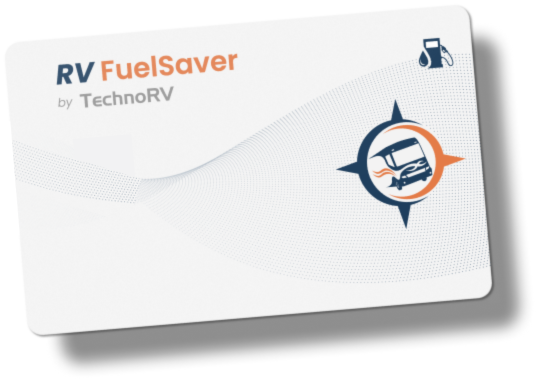
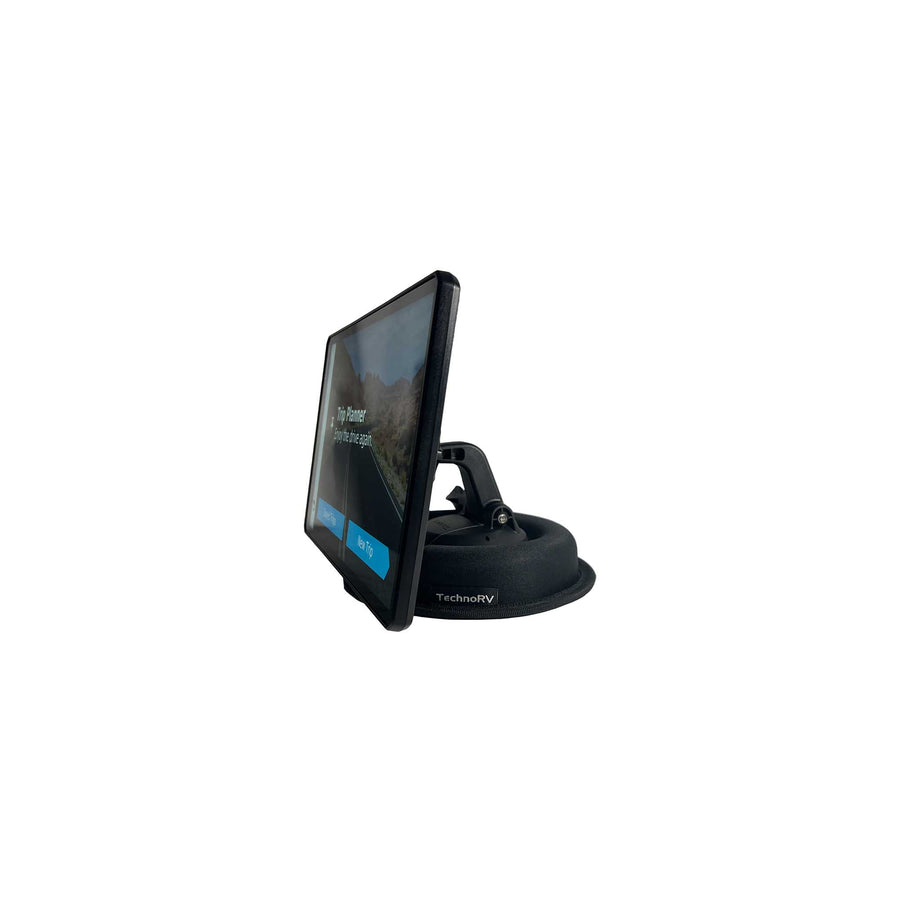
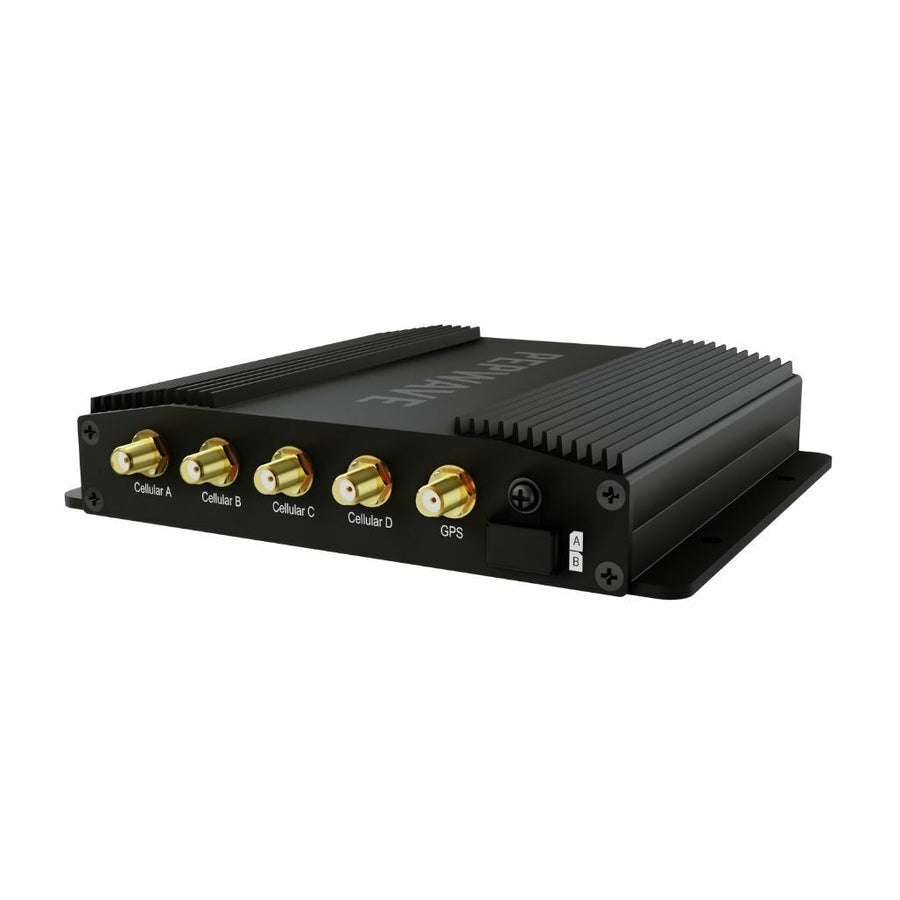

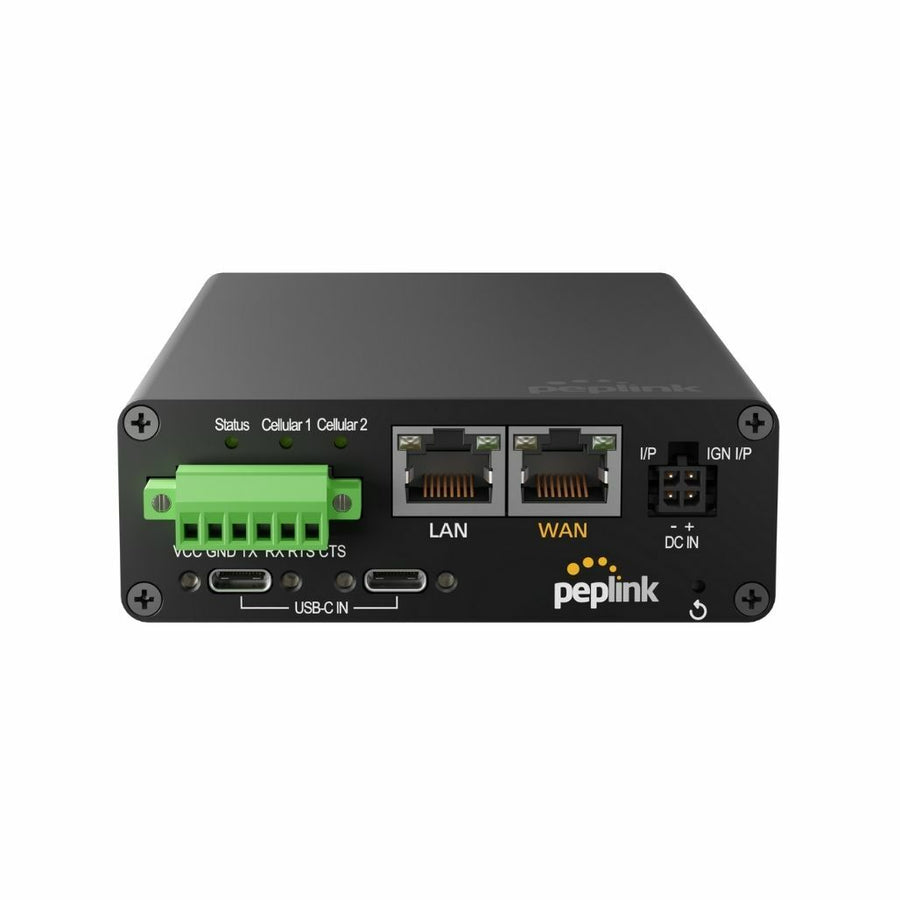

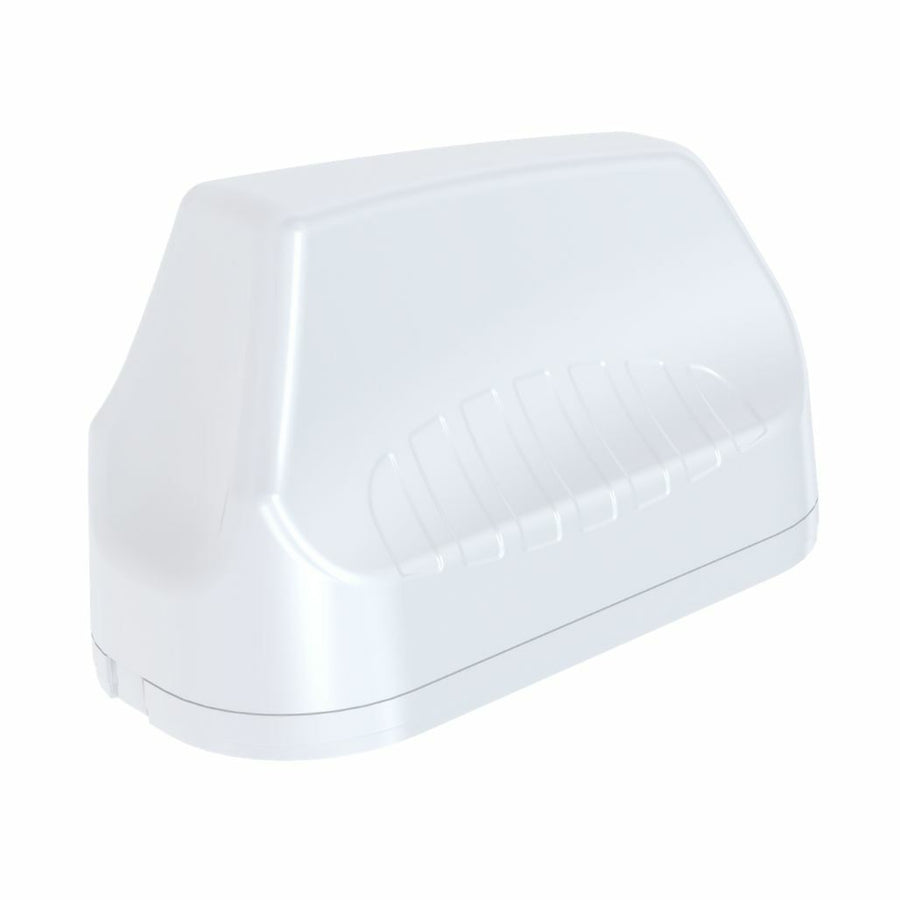

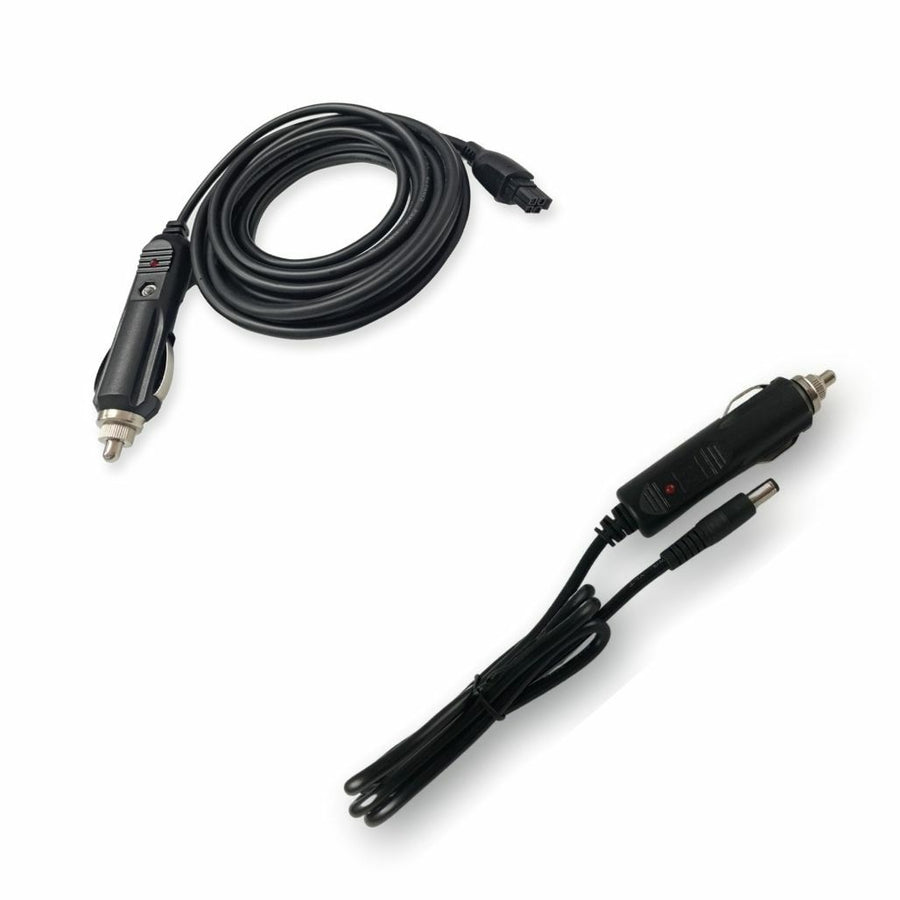

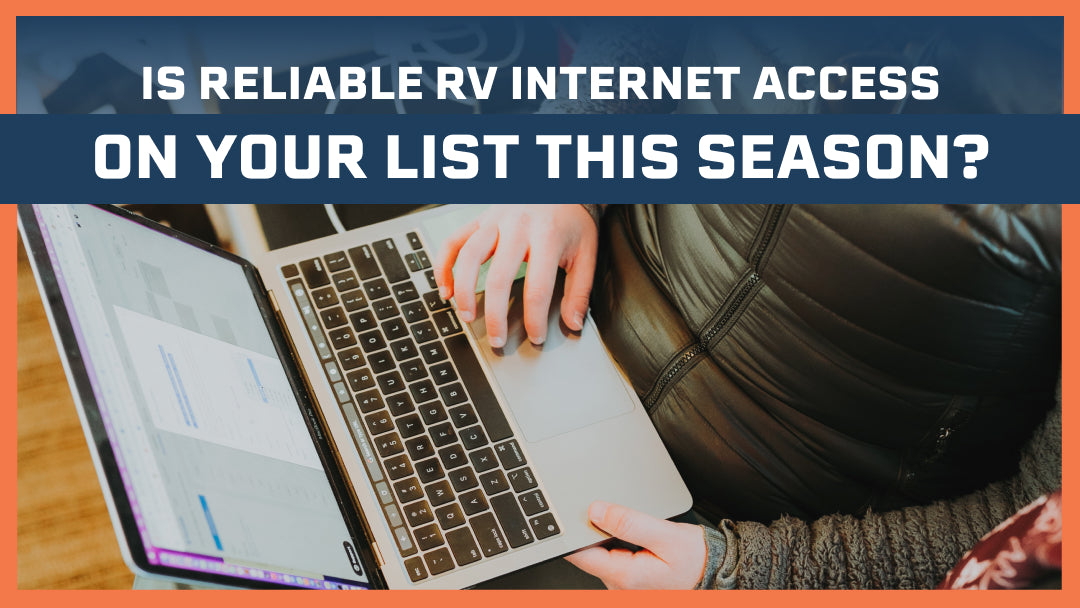
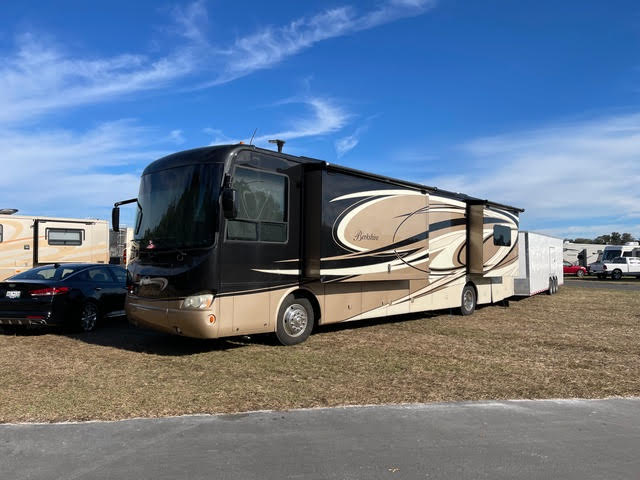
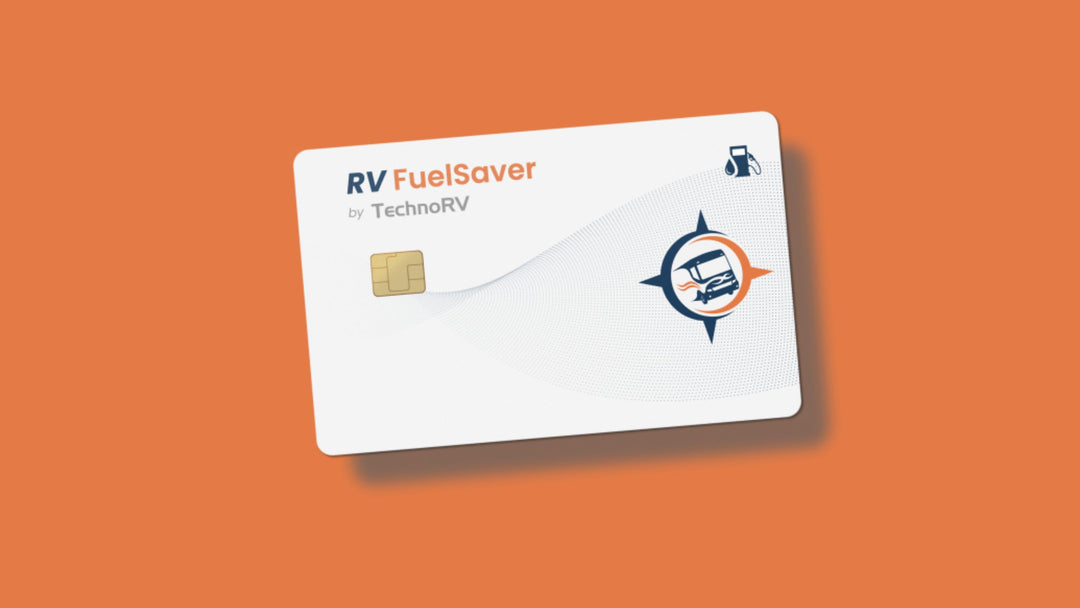
Leave a comment